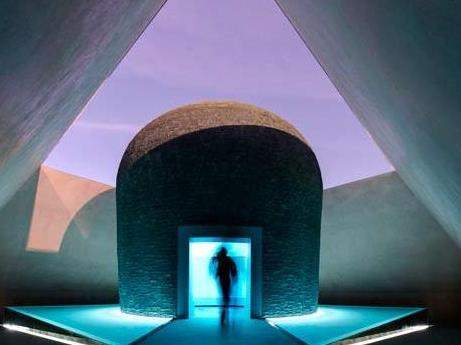James Turrell, Skyspace, National Gallery of Australia, 2010
National Gallery of Australia has had only four directors since opening but it will soon appoint a fifth. The recent announcement by Ron Radford that he will be stepping down throws open one of the most important jobs in the Australian arts sector.
With a phenomenal collection, plans for further expansion, prestige and a salary in the vicinity of $395,870 – the income drawn by the director in the most recent financial year (and curiously more than Arts Minister George Brandis of $336,599) – the top job is an attractive one.
It is however one slightly tainted, the gallery sitting under the cloud of its poor judgment in the purchase, and then handling, of its Chola Shiva. The new director will not only have to be an astute cultural manager, a person or vision and scholarship, but also a gracious diplomat.
The directors of the major state and regional galleries are obvious possibilities and all but one of the Gallery’s directors to date have been Australian appointments. Founding Director James Mollison, who was formally appointed in 1977 after having acted in the position since 1971, was, responsible for many of the gallery’s key acquisitions, at times controversial, but are today the icons of our nation’s art history. Mollison’s successor, and the only female director to date, Betty Churcher was formerly the Director of the Art Gallery of Western Australia. And, of course, Radford joined the gallery from the Art Gallery of South Australia, appointed under Arts Minister Rod Kemp in a crushing need to fill the post left vacant for two years.
The only offshore appointment to date was not a notable success. The third Director, Irishman Brian Kennedy, had a tumultuous run. Appointed in 1997, Kennedy introduced free admission to the gallery, but was heavily criticised for his cancellation of the Sensation exhibition in 2000 and staff ruptures. He did not seek renewal of his contract in 2002
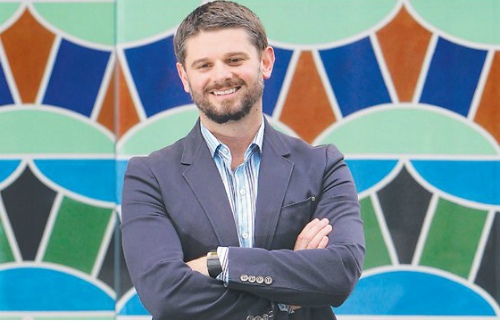
Source: The Advertiser
The hot favourite for the top job is current Director of the Art Gallery of South Australia, Nick Mitzevich. Despite being only in his early 40s, Mitzevich has been celebrated for fresh rehang of the gallery’s permanent gallery since his revival and his take on the Adelaide Biennale – the first curated by the gallery’s director. Prior to AGSA he was the Director of the University of Queensland Art Museum and the regional gallery sector.
Mitzevich is Chief Executive of MGNSW Michael Rolfe’s personal pick. He said, ‘I’m of the mind to preference Nick Mitzevich. He’s young (ish), committed to supporting artists, capable of challenging and working with ‘an establishment’ and would represent a vision that I find appealing for how our institutions should present themselves as ‘places for everyone’.’ He added, ‘Of course he is also from NSW regional gallery stock – a point made to reinforce his credentials as being community connected, ideas based and audience focussed. Stints in Newcastle and SA mark his leadership as clear and committed.’
Rolfe added that while this is his personal view, MGNSW looks forward to supporting any successful candidate for the position.

Source Art Institute University of Melbourne
Canberran-born Michael Brand, Director of the Art Gallery of New South Wales, and Tony Elwood, Director of the National Gallery of Victoria would both prove sound and celebrated choices, however the likelihood that they would trade their spots in Sydney and Melbourne for Canberra is unlikely.
Elwood is pulling in fantastic attendance at NGV and is riding high. Brand, noted for his professional handling of looted antiquities at Los Angeles’ Getty Museum (indeed a bonus for the NGA) is just getting into his stride in Sydney, his eye firmly on the vision of Sydney Modern.
Evan Hughes of The Hughes Gallery was quick in recommending Brand for the post. He said, ‘Michael Brand is the most qualified and impressive current director who would be most suited to Canberra, having worked and lived there. The job is too important and requiring of scholarly and restrained aptitude to deliver it to someone who might simply be a crowd-pleaser.’
Hughes added, ‘I would also be inclined to think that Suhanya Raffel, Brand’s second in command at Sydney, who was pipped to the Queensland job is one of the most impressive Museum professionals in Australia, and perhaps a female perspective in one of the Directorships is urgently needed in Australia’s male-dominated museum sector.’

Source AGNSW
AGNSW Director of Collections Suhanya Raffel came to this recent position after acting in the role of Director at Queensland Art Gallery I Gallery of Modern Art in Brisbane; many felt she was denied the position unreasonably. Having been one of the driving forces behind the gallery’s new build, and the Asia Pacific Triennial for many years, In both institutions she has proven herself a respected manager, cultural diplomat, and scholar.
‘She brings strong international connections throughout the Asia Pacific region, North America and Europe and has shown great leadership in developing innovative approaches to collecting, interpreting and exhibiting art and to engaging with new audiences’, said Brand at her appointment.
She is a member of the Asia Art Council at the Guggenheim Museum, New York, and serves on the boards of the Australia-China Council, Department of Foreign Affairs and Trade, Canberra and Griffith University Asia Institute, Brisbane. However, her recent move to Sydney, along with husband Michael Snelling who heads the National Art School, one suspects packing bags comes too soon?
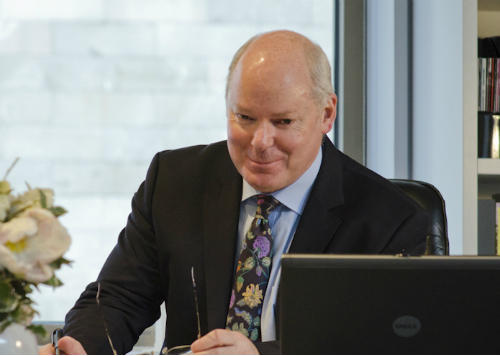
Source Insider Art TV
Another strongly placed on the list is former NGV Director Gerard Vaughan. When he retired in 2012 after 13-years in the post, he took up a role at Melbourne University as the Gerry Higgins Professorial Fellowship in Art History. Has he just been buying time? NGA Chairman Allan Myers was President of the NGVs Board of Trustees during Vaughan’s tenure, so relationships are well positions. Vaughan oversaw massive building works across the NGVs two spaces, not to mention its funding, and has proven scholarly track record and international profile. He was Director of the British Museum Development Trust before returning to the NGV.

Source Yahoo News
Drawing from the international pool, there is a strong contender in Italian Stefano Carboni, who moved from New York’s Metropolitan Museum of Art (where he was Curator in the Department of Islamic Art) to the Art Gallery of Western Australian in 2008. Again he brings both scholarship and an international profile to a directorship; he was Visiting Professor at the Bard Graduate Center in New York and completed his graduate studies in Arabic and in Islamic Art at the University of Venice and his Ph.D. in Islamic Art at the University of London. He may just be ripe for this job, especially with a state government not stepping up to the bar for much needed building works at AGWA, Carboni’s frustrations could well mean his sights are on Canberra.
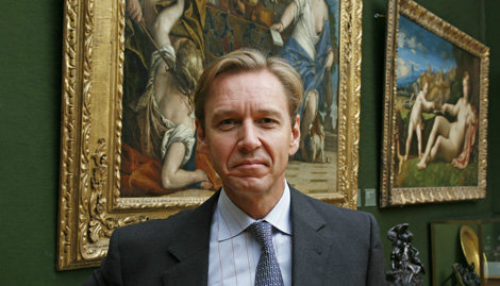
Source Museums Association
Another potential with a Melbourne pedigree is former NGV director Timothy Potts, who became Director of the J. Paul Getty Museum in September 2012. It is unlikely Canberra, or the job’s salary, would drag Potts back to Australia, but then it is the nation’s top job on offer. Potts background is rich and varied. He worked at Lehman Brothers in New York (1990-1994) before becoming Director of the NGV (1994–1998), before turning his sites on America. He was Director of the Kimbell Art Museum in Fort Worth, Texas (1998-2007), then Director of the Fitzwilliam Museum in Cambridge, England before landing the Getty job.
‘I think the country would benefit so greatly from a director such as Potts’, said Hughes.
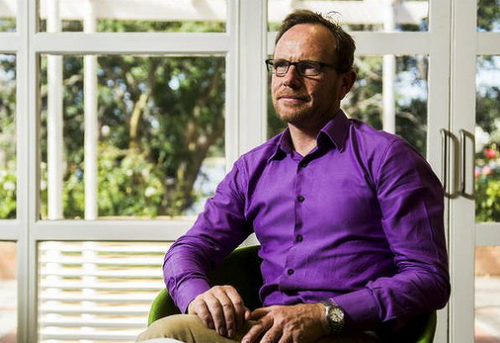
Source Canberra Times
Other names have been touted. Andrew Sayers, who has held the posts of Director at the National Museum of Australia and the National Portrait Gallery, would do a solid job but his heart may not be in returning to Canberra. Sayers broke his five year contract short last year, citing the strain on his relationship and desire to live with his wife, a senior public servant in Melbourne. Sayers oversaw the construction of the NPG, and as a former Curator at the NGA is well versed in the collection and the diplomatic culture of Canberra.
A few wildcards have also been suggested: Charles Mereweather, Rhana Davenport and Glenn Barcley.
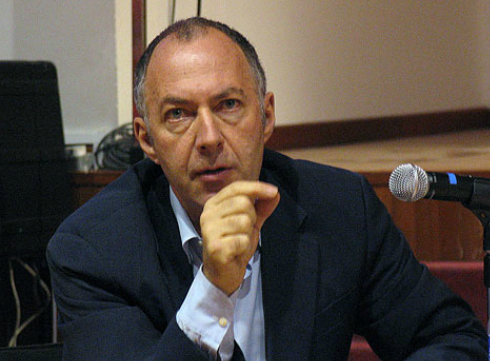
Source Universes in Universe
Charles Mereweather primarily is an art historian and curator, best known in Australian circles as the Artist Director of the 2006 Biennale of Sydney. Prior to that he was collections curator at the Getty Center in Los Angeles (1994-2004), and in 2007 was appointed deputy director of the Cultural District for the Tourist Development and Investment Company, Abu Dhabi. While that may have been diplomatically the most challenging position, within two years he was off again, this time to Singapore as Director at Institute of Contemporary Arts Singapore (2010-2013). Last September he took up a teaching position at Nanyang Technological University. Simply he is a globe-trotter. He has all the credentials – scholarship, diplomatic presence and absolutely stellar international profile – but does he have the “stickability” for Canberra?
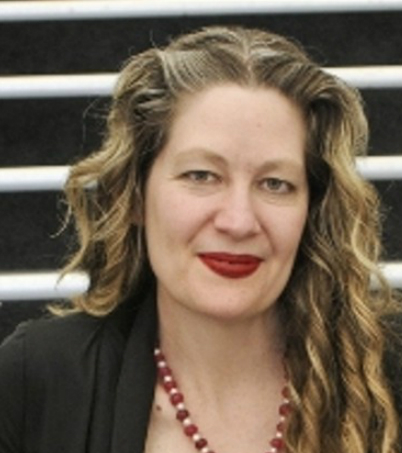
Source Govett Brewster Art Gallery
Rhana Devenport also popped up as another top female in the directorial circle. However her recent move to Auckland Art Gallery last May – after seven years as the director of New Plymouth’s Govett-Brewster Art Gallery – might be too soon. Devenport’s has a solid record in Australia too; she was Manager of public programmes with the Biennale of Sydney (2005-06) and senior project officer with the Asia Pacific Triennial, Queensland Art Gallery (1994-2004), and visual arts manager with the Sydney Festival (2004). Our guess is that she is still bathing in her well-deserved glory in New Zealand’s top post.
Artist and commentator Ian Milliss said of the choice: ‘Easy. Glenn Barkley. World class curator who seems to be thinking hard about the long term future of museums rather than his own short term career, although for that very reason he may not want the job.’
While Barkley is well-loved by the artist community and respected for his curatorial rigor, he perhaps doesn’t carry the political weight required for the position – and frankly probably has little desire for that engagement, stepping back from the MCA to work on independent project and horticulture.
Whoever puts their hand up, the seat is a prestigious one but also not without its challenges and requires experience and a steady head, while embracing a vision to grow waining audiences.
